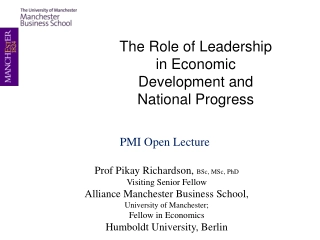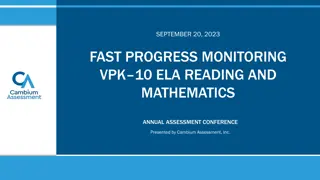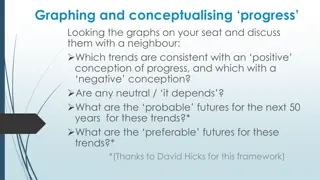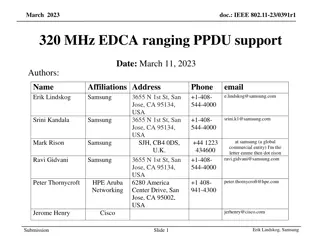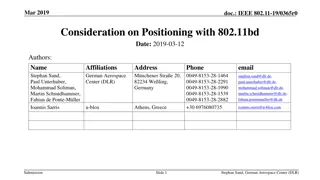
Progress on FTM Prototype and Effective Gain Measurements
"Explore the progress made on the FTM prototype with a focus on effective gain measurements and ongoing tests involving gas mixtures. Discover the challenges faced and solutions implemented for accurate measurement results."
Download Presentation

Please find below an Image/Link to download the presentation.
The content on the website is provided AS IS for your information and personal use only. It may not be sold, licensed, or shared on other websites without obtaining consent from the author. If you encounter any issues during the download, it is possible that the publisher has removed the file from their server.
You are allowed to download the files provided on this website for personal or commercial use, subject to the condition that they are used lawfully. All files are the property of their respective owners.
The content on the website is provided AS IS for your information and personal use only. It may not be sold, licensed, or shared on other websites without obtaining consent from the author.
E N D
Presentation Transcript
Progress on the FTM prototype
Measurements - Setup Main goal to measure the effective gain Estimation of the ionization current Prototype Setup CAEN 1471H has 50pA current Resolution Able to scan low amplification fields Gas Inlet Amptek Ag X-ray gun 2 G CAEN 1471H Connector to drift foil Connector to FTM foil Connector to Anode foil Gas Outlet 1 G 2 G
Ongoing Tests From the previous meetings Agreed to perform effective gain measurements also with different gas mixtures Ar/CO2 70/30 Ar/CO2 93/7 Ar/CO2/CF4 45/15/40 We faced proble with the gas mixing system capable to mix 3 gas components Issue was resolved in August Performed Effective Gain measurement tests Only conductive foil (the resistive is defective) Outstanding issues have risen
Eff. Gain tests After fixing the gas mixing system Performed test with Ar/CO2/CF4 45/15/40 First test performed using only the CAEN 1471H power supply i.e. Monitoring the current from all the three layers The behavious is differet from the flat region that we were expecting
Eff. Gain tests Comparing the two gases (and the two mixing systems) shows this strange behaviour
Eff. Gain tests Ar/CO2 70/30 performed with the same mixing system as in the Ar/CO2/CF4 Performed Ar/CO2 93/7 with the standard gas mixer (the one used for the GE1/1 project) The results were interesting The plot depicts only the Anode current in absolute value (normally the values are negative)
Eff. Gain tests For completeness, I plotted also the FTM and the Drift currents in the standard values
Eff. Gain tests During a discussion with Marcello we have observed what the plots show i.e. maybe this methode It is observed that the collected current in the drift is constant while due to low collection efficiency the anode current is only a fraction is collected reformulate?
Eff. Gain tests Since signal is observed shifted the eff. Gain to a QC5 like test (assuming a # of primaries 346 just like in the GE1/1) The photopeak was visible for quite high voltages > 140 kV/cm Gas Ar/CO2/CF4 45/15/40 X-rays: 40kV/5 A
Eff. Gain tests In the plot there is a small plateau region Similar is the case for the Ar/CO2 70/30 situation

